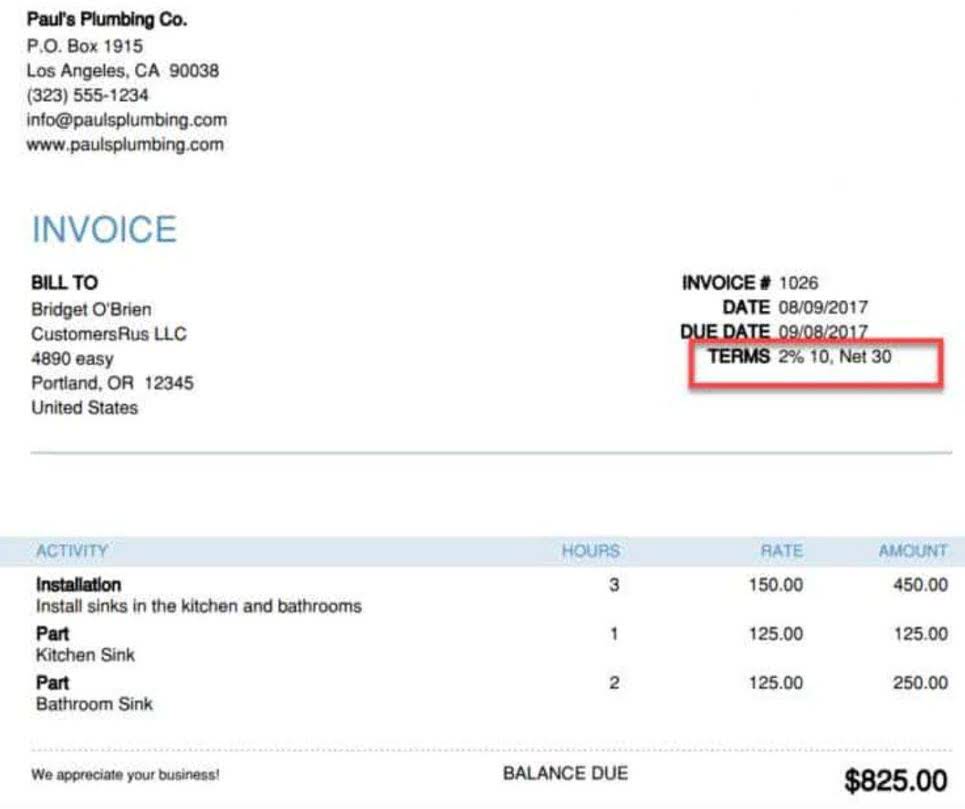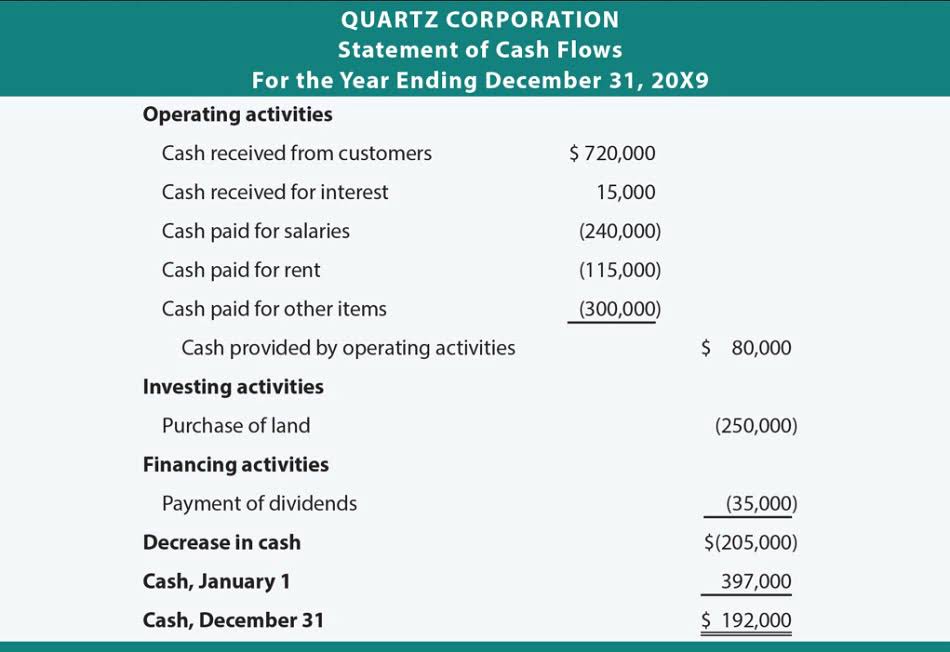
These shares are held in the corporation’s “treasury” rather than in circulation and are therefore excluded from the number of outstanding shares. Stock prices change constantly, making it difficult to keep track how to find weighted average common shares outstanding of the cost basis of shares acquired over time. Thus, the outstanding weighted average shares of a company for the given year is 5,82,500 shares. Share buybacks reduce the number of outstanding shares and must be factored into the calculation from the buyback date. Regulatory frameworks, such as SEC Rule 10b-18, outline conditions for executing buybacks, helping companies avoid inflating EPS through reductions in share count.
Limitations of Weighted Average Shares Outstanding Calculation Accuracy

Diluted EPS takes into account the potential dilutive securities and shows the worst-case scenario for EPS. Changes occur due to stock issuance, buybacks, or corporate actions like splits. Each affects the share count differently but must be accurately reflected in financial analysis. The trajectory of WASO over time can signal a company’s strategy and financial health. A consistently rising WASO might indicate a company’s reliance on issuing new shares for funding, possibly diluting existing shareholders’ value.
- In such cases, the share count before the split must be adjusted to reflect the new quantity.
- The number of shares outstanding represents the total number of shares issued by a company, which can be found on its balance sheet.
- Common events that alter the share count and are factored into WASO include the issuance of new shares, such as through public offerings or the exercise of employee stock options.
- These Lower-quality debt securities involve greater risk of default or price changes due to potential changes in the credit quality of the issuer.
- Another possibility is that a corporate stock purchase program allows employees to buy a modest amount of company shares over time.
- In the next part of our exercise, we’ll determine our company’s diluted earnings per share (EPS).
- Conceptually, the earnings per share (EPS) ratio measures the net earnings of a company attributable to common shareholders, expressed on a per-share basis and after adjusting for preferred dividend issuances.
What are Fully Diluted Shares?
Typically, a stock split occurs when a company is aiming to reduce the https://fs15photo.wordpress.com/2024/03/12/what-is-net-working-capital-nwc-definition-types/ price of its shares. When this takes place, a company’s outstanding shares increase, and a higher degree of liquidity results. By contrast, a reverse stock split occurs when a company seeks to elevate its share price. Often, a company does this to meet listing requirements, which often require a minimum share price. The purpose of the repurchase can also be to eliminate the shareholder dilution from future ESOs or equity grants. A company may announce a stock split to increase the affordability of its shares and grow the number of investors.
Calculating Weighted Average Number of Shares
Stock options are a form of compensation that companies use to attract, retain, and incentivize employees. They grant the holder the right, but not the obligation, to buy a certain number of shares of the company at a predetermined price, known as the exercise or strike price, within a specified time frame. This financial instrument is particularly attractive in start-ups and high-growth companies where the potential for stock value increase is significant.
- These types of investors typically include officers, directors, and company foundations.
- This comprehensive number serves as the foundation for calculating EPS, a critical measure of profitability.
- Thus, in revisiting the EPS calculation, $200,000 divided by the 150,000 weighted average of outstanding shares would equal $1.33 in earnings per share.
- This means that the effect of employee stock options on stock dilution may be somewhat unpredictable.

From the company’s perspective, issuing stock options is a way to attract, retain, and motivate employees ledger account without immediate cash outlay. It aligns the interests of the employees with those of the shareholders, as employees stand to benefit from any increase in the company’s stock price. However, the potential dilution of shares can be a concern for existing shareholders, as it may reduce their control over the company and their share of future earnings. From the perspective of an employee, stock options represent a potential for personal wealth growth, especially if the company’s share price increases above the exercise price.
The difference between Basic EPS and Dilutive EPS calculation using weighted average shares outstanding is as follows. Those with complex structures, including potential dilutive securities, must report both basic EPS and diluted EPS. A company, while computing its earnings per share (EPS) for a defined period, derives the result by dividing the profit generated with the total number of shares outstanding. Here, apart from its profit factor, its earnings can also be affected by the shares outstanding, which is subject to change over time due to multiple factors. Simply using the number of shares outstanding at the end of the reporting period might give a distorted picture of the company.

Notably, stock splits and reverse stock splits significantly influence the number of outstanding shares. The calculation of diluted EPS can be complex, especially for companies with complex capital structures. However, it is an important metric for investors to understand, as it shows the potential impact of all the outstanding securities that may be converted into common stock.